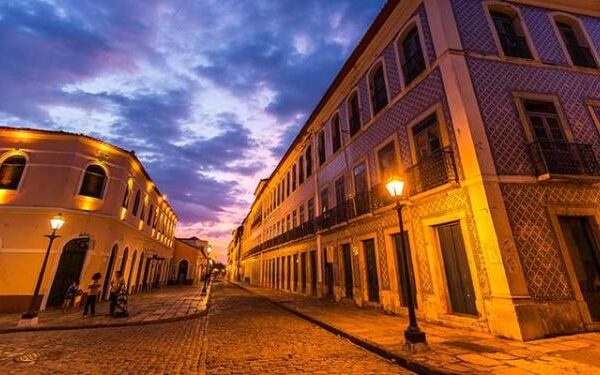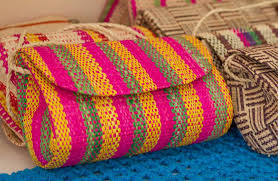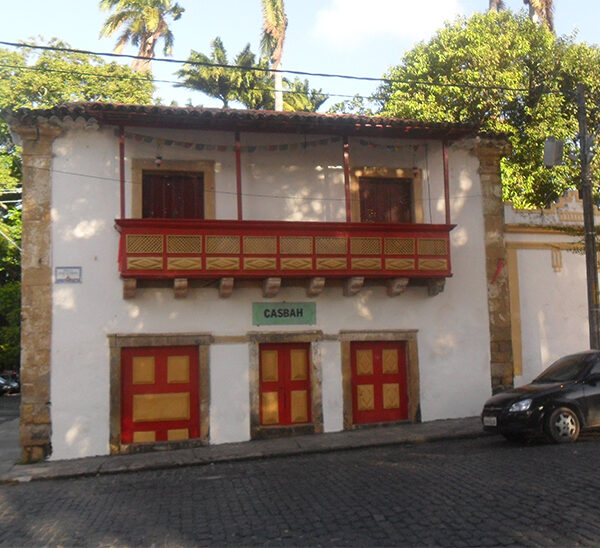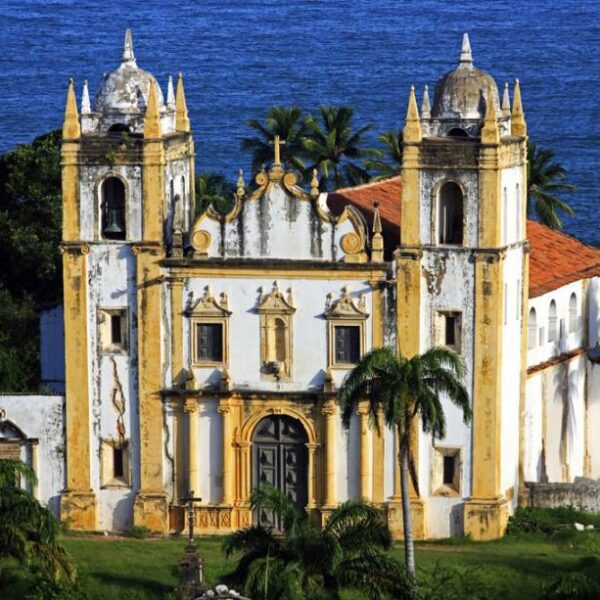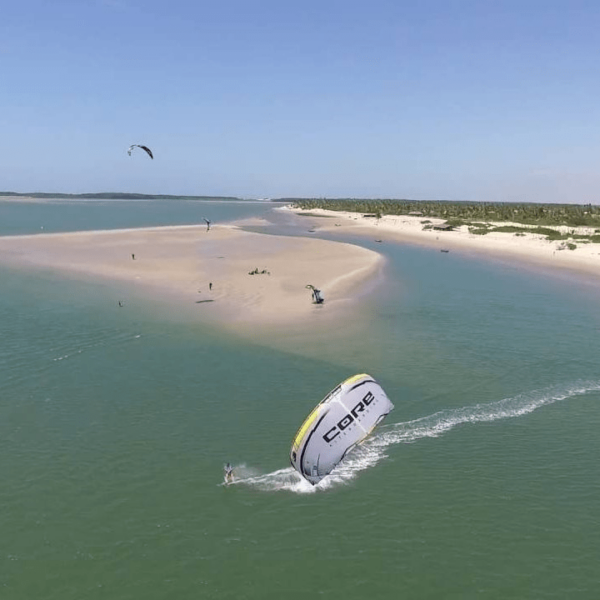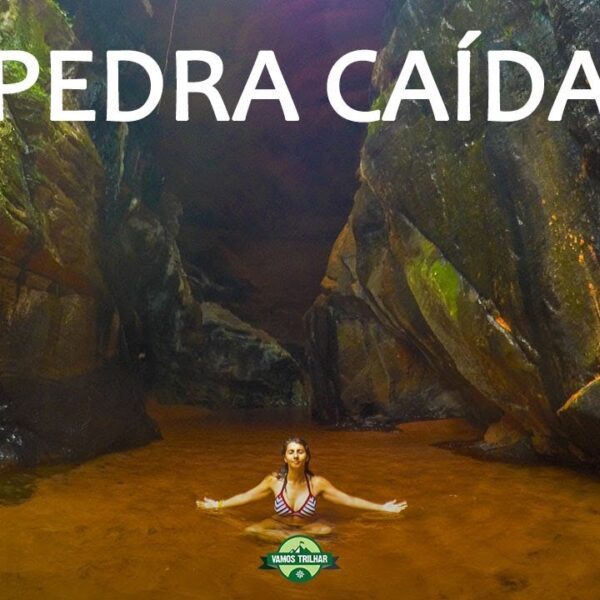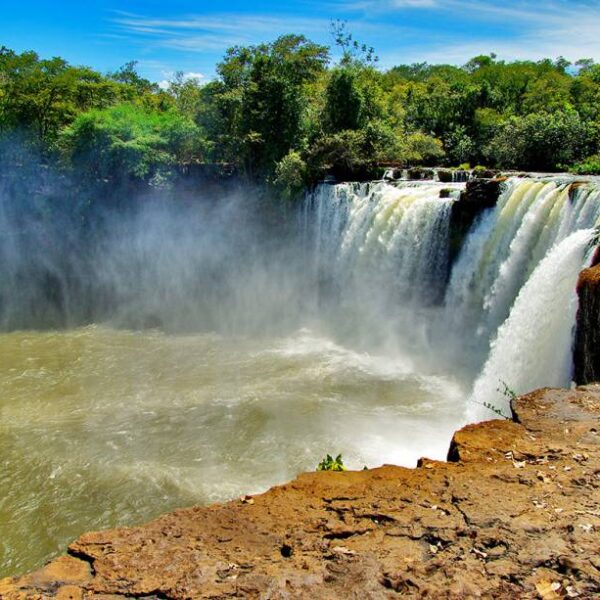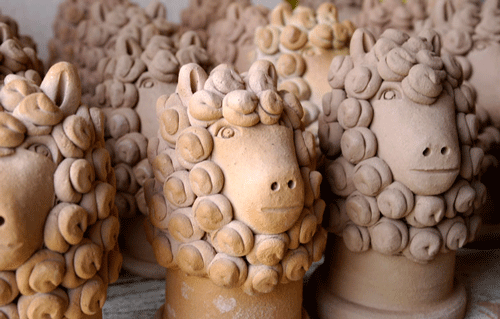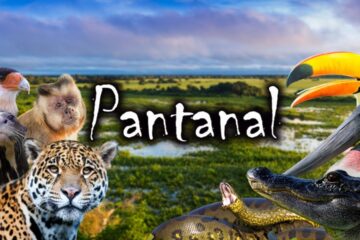Whether on a holiday trip or a long weekend, the beaches of Ceará have impressive beauties and everything to guarantee your fun. We have selected the 18 best beaches in Fortaleza for you to include in your itinerary! Those who enjoy the coast know that the Northeast of Brazil is […]
Ceará
Ceará is home to Fortaleza, the beaches and cliffs of Jericoacoara, Canoa Quebrada, Aracati and Cumbuco, as well as culture and history.
Tourist spots in Ceará
1. Canoa Quebrada
For a long time, Canoa Quebrada in Ceará was a hippie hideout. Today, however, it receives many tourists and is not as quiet as it once was. But the beauty remains undisputed: the beaches with reddish cliffs are mesmerising.
Those who have time to do more than a simple day trip from Fortaleza will find a calm and special place.
2. Jericoacoara
Very high-spirited, Jericoacoara in Ceará attracts young people, but it is calm. In July, the wind and kitesurfing season begins and the beach becomes colourful with boards.
At dusk, tourists and some locals gather at the Duna do Pôr do Sol.
Another unmissable walk is the hike to the famous Pedra Furada, carved by the sea – in July, the sun appears in the middle of the hole.
The hammocks over the water of Lagoa do Paraíso are a trademark of Jijoca de Jericoacoara, 23 kilometres from Jericoacoara.
The feeling of being far from any problem is inevitable – the place seems to have been made to relax and not think about anything else.
Tatajuba Beach in Camocim in Ceará, the original village was buried by the dunes on the right bank. On the other side of the Tatajuba River, the current fishing village was built.
It is reached by buggy or 4-wheel drive vehicles, because after taking the ferry from the Coreaú River, it is necessary to overcome 22 km of sandy road and dunes.
The beach is the picture of peace, very little busy, is the ideal place for those who want to enjoy without much hype.
3. Beach Park
Hardly anyone visits Fortaleza without taking a trip to the Beach Park.
On the seafront, the water park has fun for the whole family, with light, moderate and extreme attractions.
Among so many waterslides, the Insano is still the adrenaline champion: the 41-metre-high descent reaches a speed of 105 kilometres per hour.
But make no mistake, on holiday be prepared to face long queues.
The small fishing village is a stop on buggy rides – this is the best way to get there. Shaped like a half-moon, with cliffs of coloured sand, Ponta Grossa also has dunes that make up the landscape.
The sea is tumbling, with green water, full of reefs and submerged rocks. The path from Canoa Quebrada to this beach is beautiful.
The Praia do Futuro in Fortaleza is extensive, with a wide strip of sand and megabarracas always full.
4. Fortaleza
It is one of the most beautiful urban beaches of Fortaleza and it is not difficult to find pools with slides, water slides, playgrounds and recreation.
Its well-equipped tents attract tourists, who spend many hours there drinking a beer and eating snacks in front of the sea. At night, the excitement continues with forró dances.
5. Beberibe
You know those little craft bottles made of coloured sand? Many go to the village of Morro Branco (Beberibe) in search of these souvenirs to give to friends.
Lose yourself in the labyrinth of cliffs, with sands of different shades.
The Praia de Guajiru (Trairi) in Ceará is much less crowded than the others; the little village preserves the tranquility and is ideal for those who want to escape the hustle and bustle of the central beaches.
The quiet beach has few inns, coconut trees and white dunes.
Formed by cliffs, dunes and coconut trees, Lagoinha is one of the most beautiful beaches in Ceará.
The main bars, restaurants and inns are in a small centre and, although it is not as preserved as it was a few years ago, the place is paradisiacal. All this, without the hustle and bustle of the more central beaches.
Praia Redonda (Icapuí), the fishing village has, like most of the beaches there, reddish cliffs, reefs and beautiful landscapes in the most deserted stretch.
Ceará Tourism and Travel Guide
Religious tourism in Juazeiro do Norte and the Cariri region
Ceará is a state with strong religious representation. In the interior, at least four cities have Catholicism very present in the figures of Padre Cícero (Juazeiro do Norte), Nossa Senhora de Fátima (Crato), Benigna (Santana do Cariri) and São Francisco das Chagas (Canindé). These municipalities are interconnected in the so-called […]
Guaramiranga is known as the Switzerland of Ceará – videos
The mountain town of Guaramiranga is located in the Maciço do Baturité and is known, with some charming exaggeration, as “the Switzerland of Ceará”. In addition to an extensive coastline and a vast hinterland, Ceará has many mountain ranges. One of them is in the Baturité Massif, a region of […]
History of Lavras da Mangabeira and Rio Salgado Canyon in Ceará
The state of Ceará has a small Canyon on the Salgado River in the vicinity of the town of Lavras da Mangabeira. Salgado River Canyon or Boqueirão is with two large rocky walls and cut by the main tributary of the South of Ceará, the Boqueirão, in Lavras da Mangabeira, […]
History of the introduction of Portuguese tiles in Brazil
According to Simões (1980), the main characteristics that distinguish Portuguese tiles in the first 25 years of the 17th century are monumentality, suitability for architecture and modernity. The Portuguese tile arrived in Brazil in synchrony with the other arts and followed the same process of acculturation existing in Portugal. In […]
Maranhão handicrafts have more than 400 years of tradition
The handicrafts of Maranhão have more than 400 years of tradition, just a visit to the Historic Centre of São Luís and you can see the variety of artefacts from the artisanal production of Maranhão, marked by the creativity of a popular tradition that has been improved since the foundation […]
Influence of Arabic architecture on Pernambuco buildings
Arabic architecture developed in Portugal during the Muslim presence in the country (712-1249). The originality of architectural structures and ornamental motifs gave rise to a very distinctive Muslim architecture. The horseshoe arch, of Visigothic influence, is the hallmark of Muslim civilisation in Portugal. Ornamentation is one of the great characteristics […]
11 historic cities in northeastern Brazil that you need to visit
Get to know the main historical cities of the north-east of Brazil built during the colonial period that still retain a large part of their preserved houses. The history of Brazil is rich, comprehensive and full of contradictions. Developing a narrative that addresses the details of the conquest and colonisation […]
Three-day tourist itinerary in the Cariri region of Ceará
Cariri, in the south of the state of Ceará, is a region marked by a rich cultural heritage, inherited from the traditions of the indigenous peoples who lived there, especially the Kariris Indians. With the miscegenation of various peoples (indigenous, European and African) and the relative isolation of Cariri in […]
The most beautiful beaches on the coast of Maranhão
The coast of Maranhão has incredible dunes of the Lençóis Maranhenses National Park and mangroves, the beaches of the state of Maranhão have a unique look in the Northeast. On this stretch of the Brazilian coast you can find almost deserted beaches in fishing villages or even in the metropolitan […]
Best beaches of the Ceará coast
The sun always prevails on the coast of Ceará and the heat is guaranteed. That Ceará is full of beautiful beaches is no secret. There are dunes, colourful cliffs, white sand and incredibly blue waters. In addition, some of them reserve a great structure, with fully equipped and very comfortable […]
Pedra Caída Complex in Chapada das Mesas
The Pedra Caída Complex in Chapada das Mesas in the state of Maranhão is a must-see attraction for those passing through Chapada das Mesas (MA) and the tip goes even for the less adept at nature activities. The Sanctuary of Pedra Caída in Chapada das Mesas is a large tourist […]
Icapuí is known for its cliffs and lobster in the far east of Ceará
Icapuí is known as the land of lobster and is located in the far east of Ceará, 200 kilometres from Fortaleza, the municipality of Icapuí is characterised by unspoilt beaches, cliffs and a good supply of lobsters. Icapuí is the last municipality on the coast of Ceará, before the border […]
Chapada das Mesas National Park – Tourism Guide
The Chapada das Mesas National Park has sandstone geographic formations, about 70 million years old and that can reach around 400 metres high and is extremely exuberant with its mountains, waterfalls, rivers and lakes that jump to our eyes and provide an incredible experience. The Chapada das Mesas is one […]
Tracunhaém is the “Capital of Ceramic Crafts”
The main attraction of Tracunhaém is the transformation of clay into utilitarian and decorative pieces, thus being the main source of income and employment in the region. The city of Tracunhaém is located 55 km from Recife. The municipality has a name of indigenous origin, meaning “pot of ants”, and […]
The beach of Tatajuba is one of the most charming in Ceará
Tatajuba is a beach located in the municipality of Camocim, 390 km from Fortaleza. It is one of the most charming beaches on the west coast of the state of Ceará. In the 1980s, the community of Tatajuba was buried by the dunes, but it did not keep away the […]




